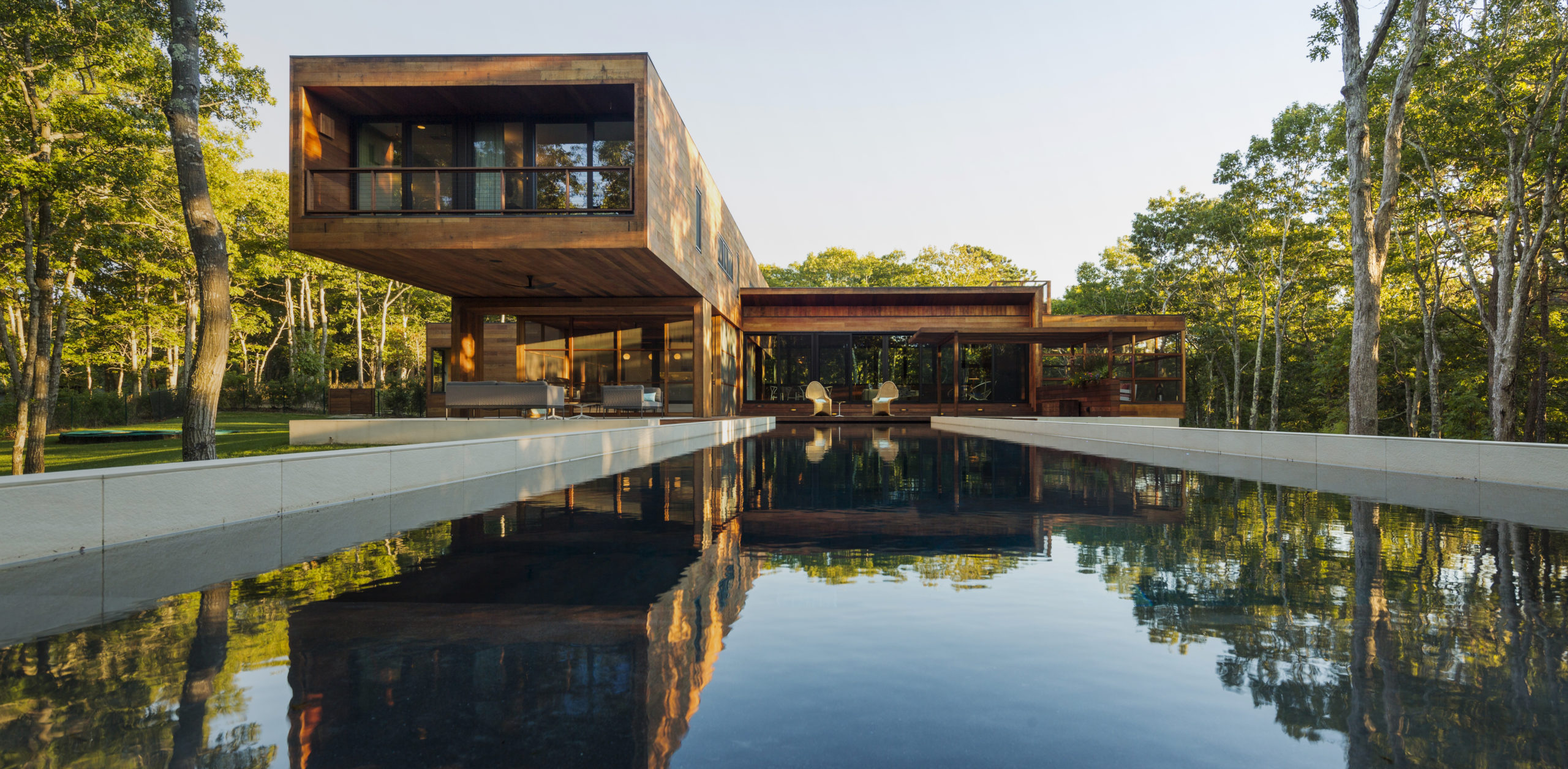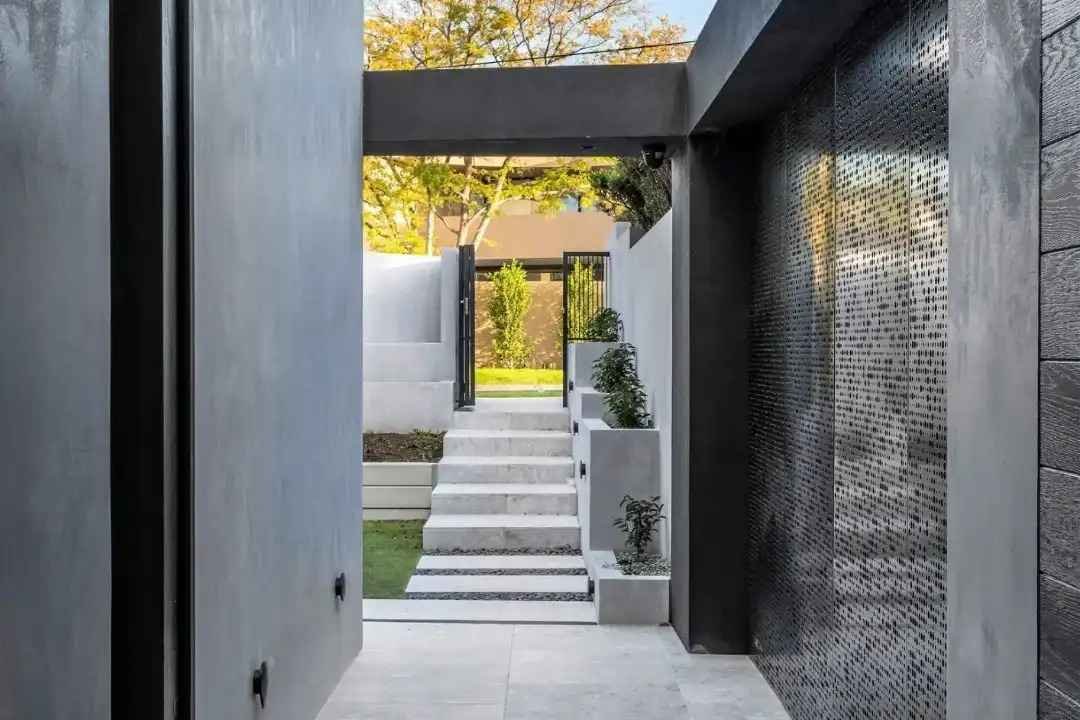Residential Architectural Firm Specializing in Custom Home Design Solutions
Residential Architectural Firm Specializing in Custom Home Design Solutions
Blog Article
Exactly How Residential Architects Create Custom-made Residences for every single Way Of Life
The process by which property designers style personalized homes is a nuanced interplay of comprehending client demands and equating those insights into functional living spaces. Through comprehensive appointments and the usage of design devices, engineers record the essence of their customers' way of livings, making sure that each home shows individual values and aspirations.
Recognizing Client Requirements

Efficient communication is extremely important in this process. Architects ought to urge clients to verbalize their way of lives, family members dynamics, and future ambitions, making sure that the layout shows their special identification. By employing tools such as surveys, meetings, and aesthetic surveys, architects can gather beneficial understandings right into the customer's vision.
Furthermore, comprehending the context in which a home will exist is necessary. Engineers should think about variables such as the site qualities, neighborhood environment, and social influences that can impact the style. This all natural strategy enables the creation of areas that are not only visually pleasing yet sustainable and likewise functional.
Eventually, a deep understanding of client needs enables architects to develop customized homes that enhance the lifestyle for their passengers, promoting a feeling of belonging and comfort within their living settings.
Layout Process and Partnership
The layout procedure in residential architecture is a dynamic interplay of creative thinking and collaboration, where designers, clients, and various stakeholders function carefully to bring a vision to life. This repetitive journey normally begins with a series of meetings to establish a comprehensive understanding of the customer's desires, preferences, and way of life demands. During these discussions, engineers collect essential information, allowing them to conceptualize designs that line up with the client's vision.
Complying with the initial assessments, the design stage evolves via illustrations, 3D designs, and building renderings. This aesthetic interaction acts as a device for architects to existing concepts, while additionally inviting client feedback, guaranteeing that the last style reverberates with their assumptions. Effective cooperation with engineers, contractors, and indoor designers is essential during this stage, as it makes certain that all useful facets of the job are effortlessly integrated.

Incorporating Way Of Living Components
Including lifestyle aspects into property style is necessary for creating rooms that absolutely resonate with the residents. residential architecture homes. This process begins with recognizing the one-of-a-kind needs, choices, and everyday routines of the house owners. Designers engage in comprehensive discussions to discover how the specific or family uses their space, whether for enjoyable guests, seeking hobbies, or looking for peaceful resort
As soon as these understandings are gathered, engineers can tailor layout features that boost everyday experiences. Open flooring strategies might be developed for family members that prioritize togetherness, while devoted offices can be integrated for those that work from home. Outside locations, such as gardens or outdoor find out here patios, can be stressed for households that appreciate exterior activities or enjoyable.
Furthermore, versatility is a crucial factor to consider; multi-functional areas enable adaptability as lifestyles develop with time. Personalized storage space solutions can likewise be included to fulfill details organization requirements, ensuring that the home stays functional and clutter-free. Inevitably, by thoughtfully weaving lifestyle aspects right into the building fabric, household architects produce personalized homes that not only meet visual needs yet likewise dramatically boost the quality of life for their clients.
Sustainable and Smart Design
Smart and lasting style significantly plays a pivotal function in domestic design, as home owners look for to minimize their ecological effect while boosting their living experiences. Architects are currently incorporating environmentally friendly materials, energy-efficient systems, and innovative technologies to create homes that not only satisfy visual desires but also serve the world.
Integrating renewable resource resources, such as photovoltaic panels and wind turbines, enables homeowners to harness natural deposits, considerably decreasing dependence on traditional power grids. Smart home technologies further enhance sustainability by enhancing energy use via automated systems that control home heating, cooling, and lighting based on tenancy and choices.
Furthermore, using lasting building materials-- like redeemed wood, bamboo, and reused steel-- promotes a round economic climate, lowering waste and resource intake. Designers likewise stress passive layout principles, guaranteeing homes are oriented for optimum natural light and air flow, thereby reducing the demand for synthetic cooling and heating.
In addition to eco-friendly benefits, lasting and smart design visit here adds to the total convenience and health of citizens. By focusing on indoor air quality and natural aspects, architects produce areas that cultivate well-being, enabling home owners to grow attuned to their setting.
Finalizing and Implementing Plans
Wrapping up and implementing plans is a vital stage in the domestic design process, where the vision of a personalized home starts to appear. This stage involves precise focus to detail, making certain that every element of the layout is precisely articulated and all set for construction. residential architecture homes. Architects work together carefully with clients to evaluate final plans, addressing any kind of final changes or problems, while making sure that all components straighten with the home owner's lifestyle demands
As soon as strategies are wrapped up, architects prepare thorough building and construction records, consisting of in-depth drawings and specifications that work as a plan for builders. These files describe materials, coatings, and installation methods, providing clarity for service providers and subcontractors. Furthermore, securing necessary licenses and sticking to regional building ordinance is important, as it makes sure conformity and smooth task execution.
By fostering a collaborative environment, engineers can guarantee that the execution straightens with the initial vision. Ultimately, this critical stage changes concepts right into reality, laying the structure for a home that shows the unique way of life and preferences of its residents.
Conclusion
In final thought, residential engineers play an essential role in crafting customized homes that cater to varied lifestyles. With careful understanding of client needs, joint design processes, and the combination of this link way of living elements, engineers guarantee that each home reflects private preferences.
The process by which residential engineers style personalized homes is a nuanced interaction of understanding client requirements and converting those insights into functional living rooms. Through extensive appointments and the use of design devices, engineers capture the essence of their clients' way of livings, ensuring that each home shows individual values and goals. Designers ought to urge clients to verbalize their lifestyles, household dynamics, and future goals, making sure that the design shows their distinct identification.The design procedure in domestic architecture is a dynamic interplay of creative thinking and collaboration, where designers, customers, and various stakeholders function very closely to bring a vision to life - residential architecture homes. Through precise understanding of client demands, collaborative design procedures, and the assimilation of way of life elements, designers make certain that each home mirrors specific preferences
Report this page